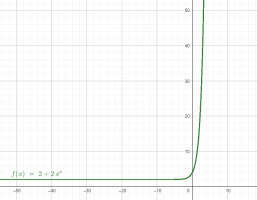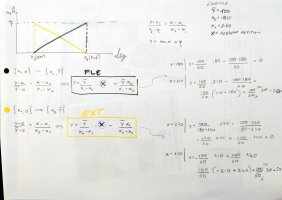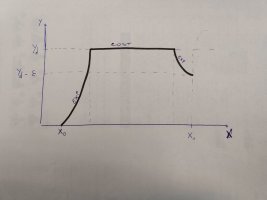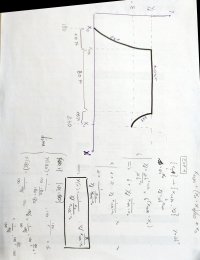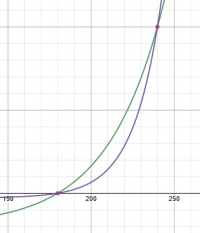Djangotango
New member
- Joined
- Mar 21, 2022
- Messages
- 6
Hi all, this is my first post over here. Maybe I lost some principles of math. For sure I can write the equation of a function through 2 points or something else more advanced. But right now I am finding problems to write the function for this trend.
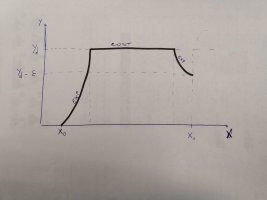
The data are X0, X1, Yd and Epsilon. I know that the function reaches Yd with an exponential trend and that it does it during the first 10% of all the function. Later it remains constant for the 80% and then it decrease with another exponential.
Is there someone able to help me to write it, please? How is it if I want to replace the exp with a log?
I would like also to understand it in order to modify it if I need it. thank you so much to everyone who will try to give me the disponibility.

The data are X0, X1, Yd and Epsilon. I know that the function reaches Yd with an exponential trend and that it does it during the first 10% of all the function. Later it remains constant for the 80% and then it decrease with another exponential.
Is there someone able to help me to write it, please? How is it if I want to replace the exp with a log?
I would like also to understand it in order to modify it if I need it. thank you so much to everyone who will try to give me the disponibility.

